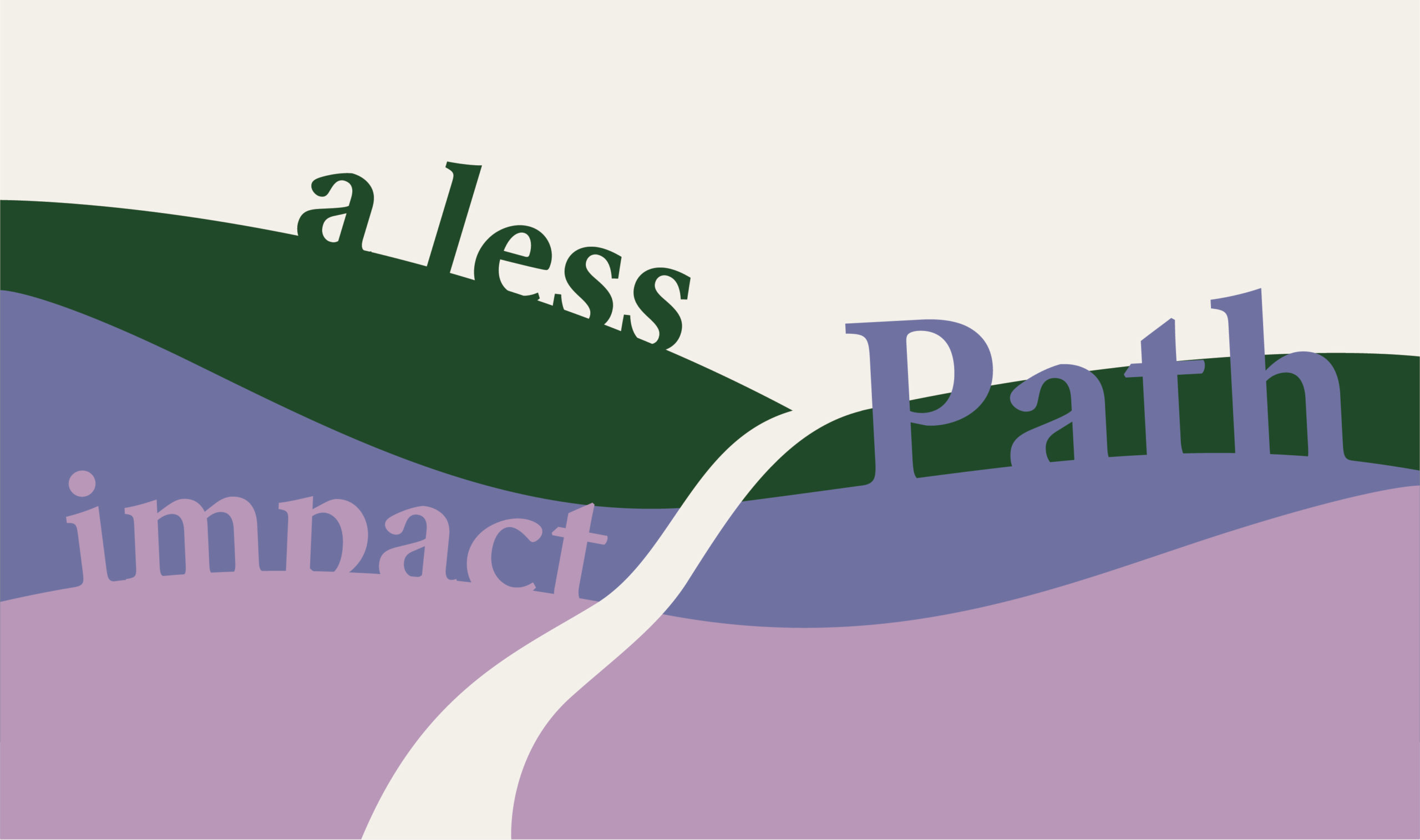It’s all about the less impact path
In the common imagination, we inhabit an ecologically perfect world, whose ecosystem is compromised by the presence of plastic, to be considered the only enemy of the earth’s equilibrium.
Since 1907, with the introduction of the first synthetic plastic called Bakelite, annual production has increased about 200 times for more than 381 million tons per year: the equivalent of the mass of two thirds of the world population.
Resentment towards it is also growing, which finds its solution in the slogan “Reduce, Reuse, Recycle“: three concepts that are only apparently simple, but which concern the internal renewal of linear economic systems that still today belong to most large and small companies .
It is a holistic research, which for an environmental analyst is equivalent to a scientific calculation, while in the case of a designer it corresponds to the professional and ethical problem par excellence in recent years.

Plastic is the most widespread material as it is democratic, therefore it represents the most accessible solution, the reason why it has been espoused by consumerism: a phenomenon to be recognized as guilty of an overproduction of objects that we tend to consider short-lived and which, accompanied by by a not very responsible attitude, it has caused the environmental disasters we have been dealing with for some time. In other words, “plastic” is equivalent to “waste”, and it is difficult for us to understand how a truly responsible production should evaluate, in every single step, the least harm to the environment.
The problem that constantly echoes is the pollution of the seas and oceans, which has given impetus to the conversion and use of materials of natural origin.
We rely on clichés, we do not delve into how much the processing of these natural materials has an even greater impact to make them attractive on the market, to often obtain a product that is not even durable over time.
Where is the right choice then?
It lies in considering the environment as the real end user of a productand rethinking its production in the perspective of circular design where all the materials used can be reintroduced in an infinite loop, eliminating the idea that the life of an object before or then it must come to an end.
We are all contemporary designers and our responsibility is to make informed choices.
